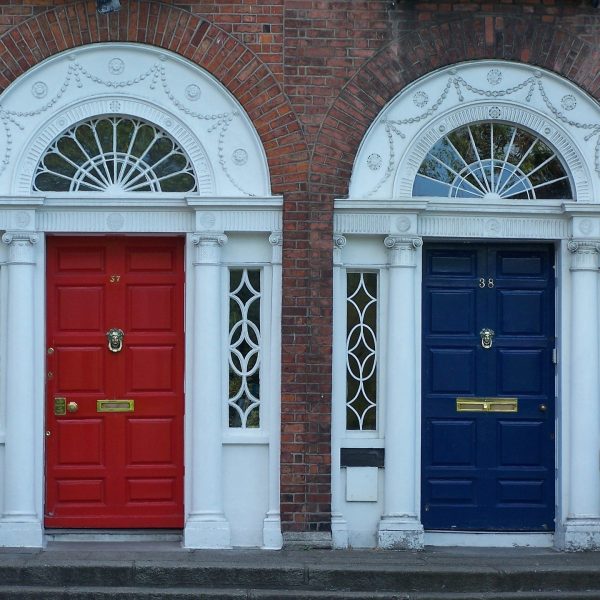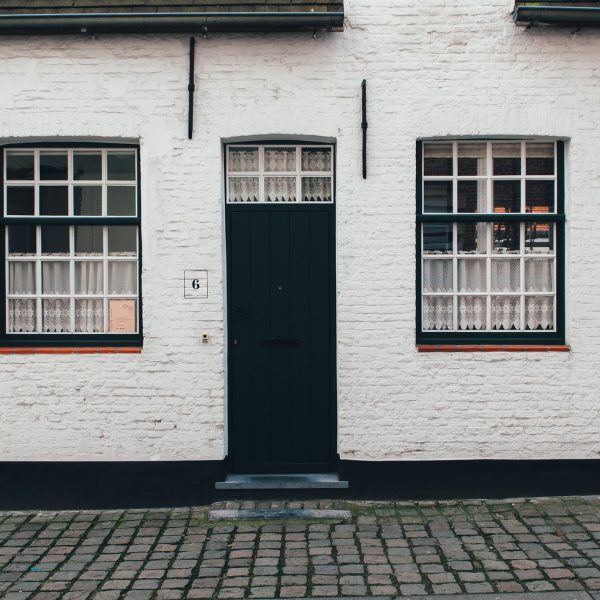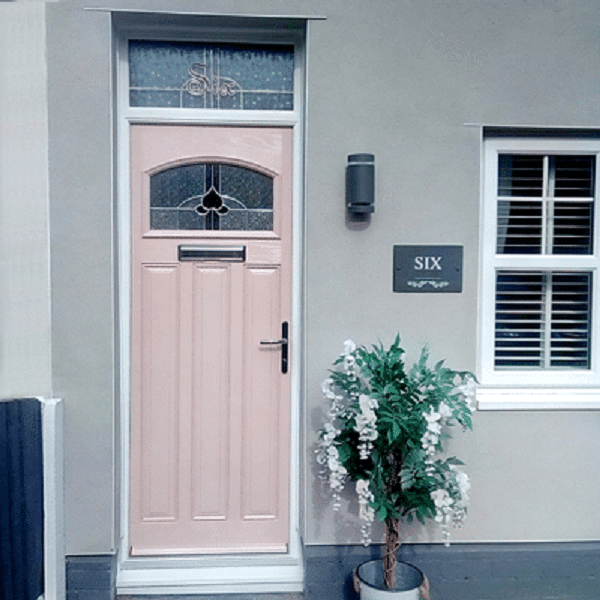The History Of The Fanlight
A fanlight is a rectangular or semi-circular window, usually above a door, with glazing bars.
Moreover, these windows are often shaped like a fan and allow plenty of natural light to flood the room. Their fixed glazed panes look like a handheld fan. Hence, the term fanlight.
However, the term now incorporates all small windows that sit above doors. Lunette windows and transom windows are synonyms for the same.
Furthermore, this article discusses the history of fanlights and why they are still popular today.



